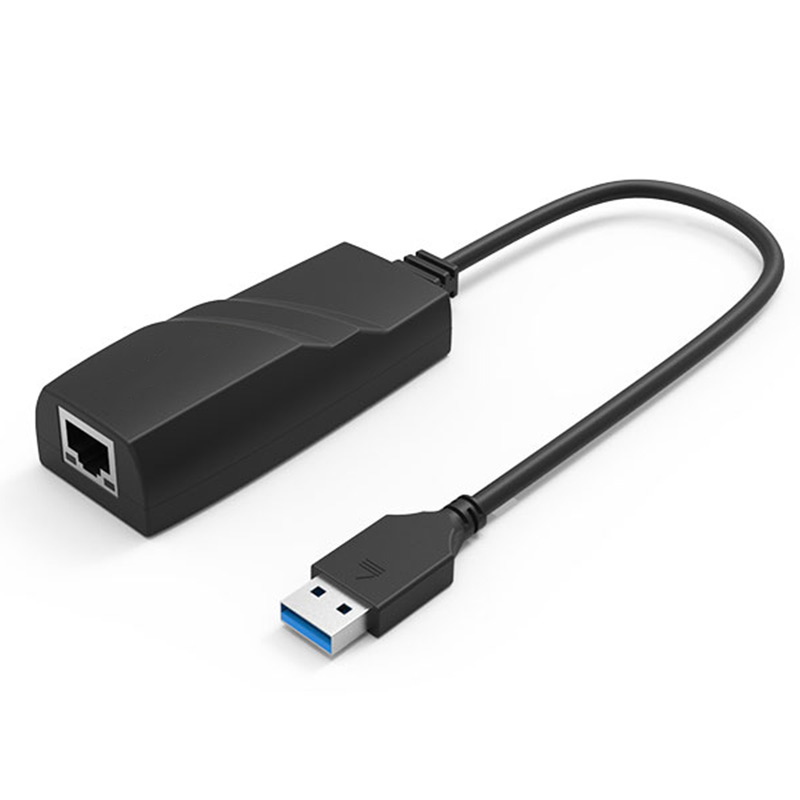

Launched in 2008, USB 3.0 improved significantly on its predecessor USB 2.0 by introducing SuperSpeed, a new data transfer rate that increased processing speeds more than tenfold, from 480 Mbit/s to 5 Gbit/s. the lower the version, the slower the speed). USB 3.1 Gen 2 is backwards compatible with ports and connectors that use either:ĭata transfer speeds will vary depending on the version (i.e.


All components in the chain-the two devices and the cable-must be USB 3.0 to achieve that later version’s high speeds. The same applies if you use a USB 2.0 cable with a USB 3.0 device.Ī USB 2.0 cable has four wires inside it-a USB 3.0 cable has eight-and so will only transfer data at USB 2.0 speed. So, if you plug a USB 3.0 flash drive into a USB 2.0 port, it would only run as quickly as the USB 2.0 port can transfer data and vice versa. You can plug a USB 2.0 device into a USB 3.0 port and it will always work, but it will only run at the speed of the USB 2.0 technology. Yes, USB 3.0 backwards is compatible-meaning it’s designed to work with older USB versions including USB 2.0 and USB 1.1. To read more about USB connector types and how to identify them, click here. Type-the shape of the USB connector or port.The version affects the speed of data transfer and the charging speed only. Version-the technology standard itself rather than the shape of the plug or the USB port.USB versions and types-what’s the difference? USB 3.1 vs 3.0 vs USB Type-C-what’s the difference?.



 0 kommentar(er)
0 kommentar(er)
